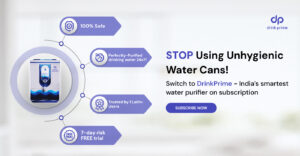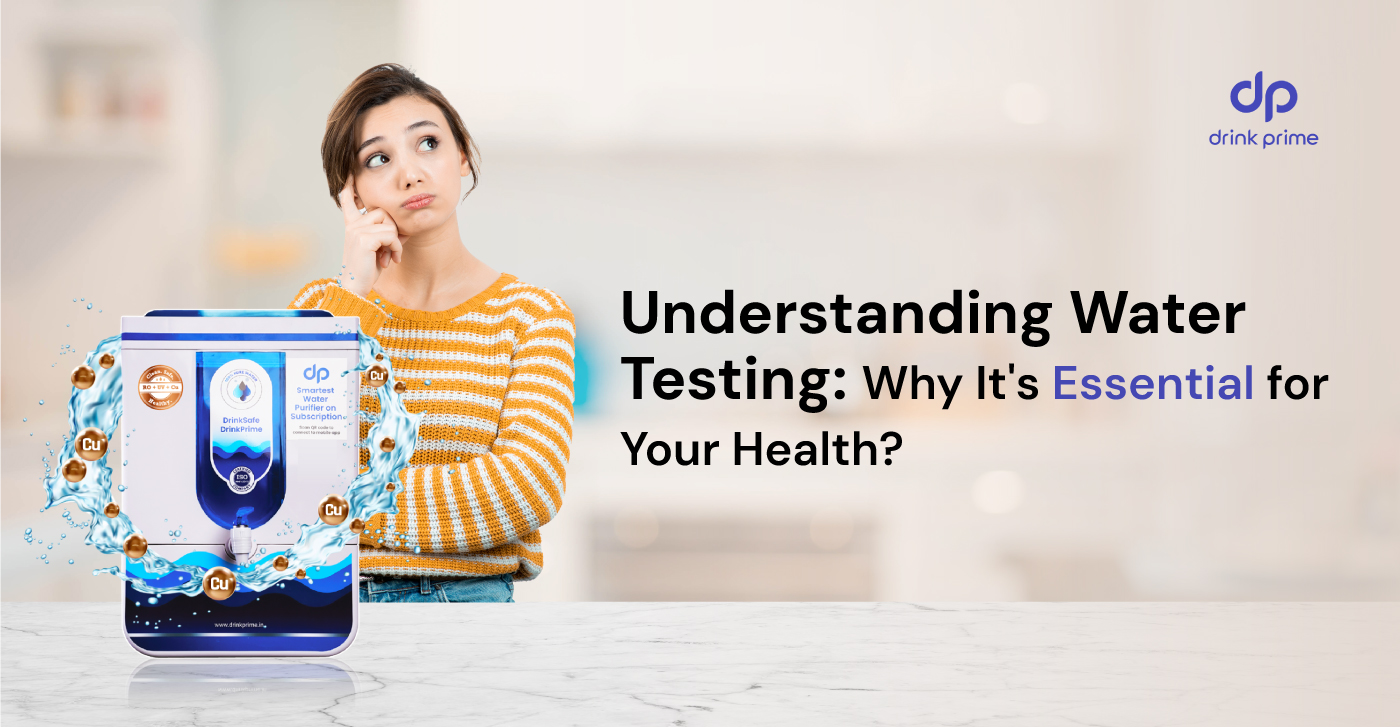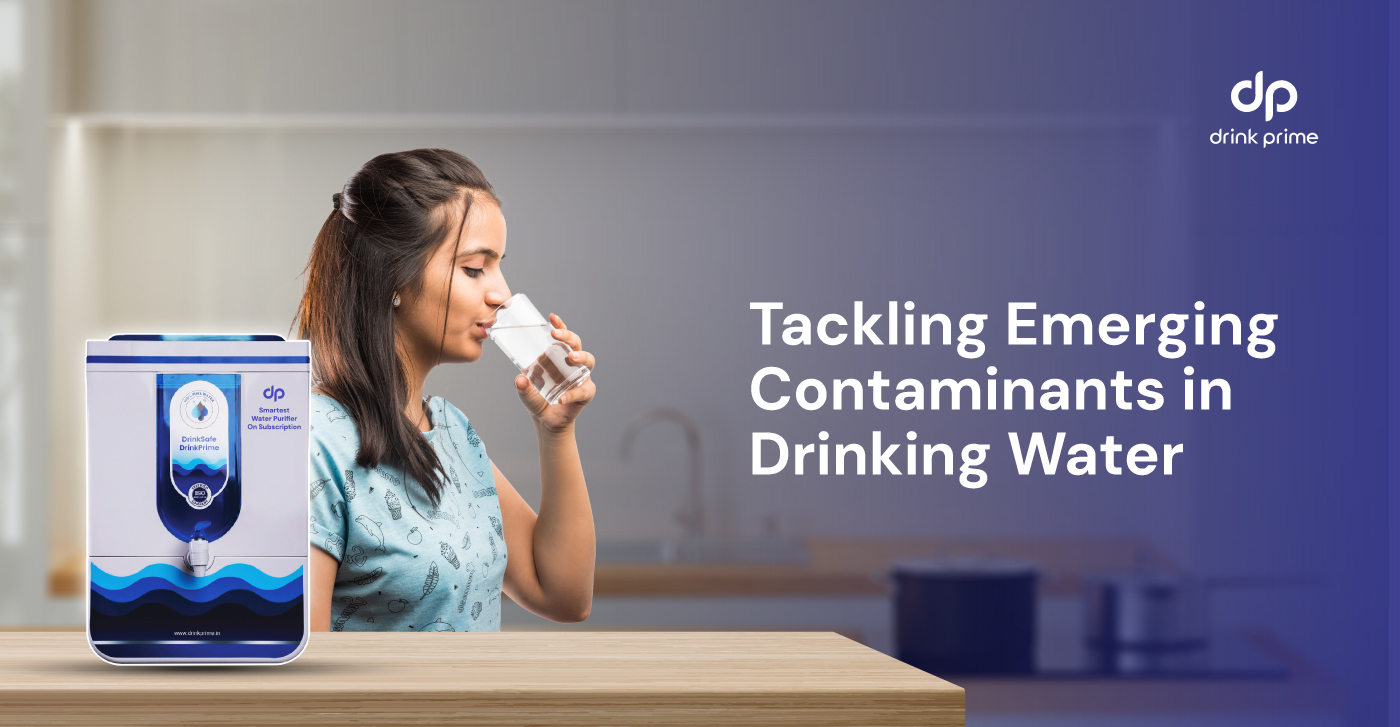Not all water available is meant for drinking. So, how does one decide the standards for drinking water and whether it is fit for human consumption?
There are several parameters that are used to set safe drinking standards. The most common one being – how to check TDS of water. If you were researching water, water quality or water purifiers you must have come across this 3 letter word a lot. If you were wondering what TDS is and how to check TDS of water, then keep reading!
What is TDS?
Total dissolved solids (TDS) in drinking water refers to the number of dissolved particles like salts, metals, minerals etc. The most common ones are magnesium, calcium and potassium. These particles get dissolved in water in the process of flowing from the water sources to your house! Rocks, soil, pipes and so many other factors can determine the TDS levels of water.
Why should you check the TDS levels of your water?
TDS levels determine the overall quality of your water. A certain amount of TDS in drinking water is considered harmless. However, when it exceeds the set limits of drinking water, it can be a cause for concern. High TDS levels can indicate the presence of toxic metals like lead, mercury, arsenic and others. These heavy metals are dangerous for your health. Consumption of water contaminated with these metals can cause immediate or negative long-term effects on your health as it may cause a variety of diseases. Apart from health, water with high TDS levels can corrode pipes, leave stains on utensils and lower the lifespan of your water purifier filters!
What is the ideal TDS level in drinking water?
The ideal TDS level in drinking water lies between the range of 0-200 ppm. Anything above and beyond this is generally considered unsafe to drink. A high TDS level in water indicates high levels of contamination.This is why it becomes important to keep a check on the quality of your drinking water and check TDS levels of water. But how to check TDS levels of water?
How to check the TDS of water at home?
There are a number of ways to check the TDS level in water at home. The easiest one is to get a digital TDS meter. There are various types of tools for measuring water quality in the market. TDS meters help you keep a track of the TDS levels and its fluctuations. You just dip this meter into the water sample and use it according to the instructions given for that particular meter!
Certain water purifier companies like DrinkPrime also offer services of customized filters in their water purifiers where they check your TDS level in water at home. Filters are selected according to the properties of this water.
Get 7 Days Risk Free Trial
Conclusion
Water is the basic necessity for human beings and drinking clean, safe and healthy drinking water ensures all our bodily functions take place in a smooth manner. Keeping a track of your water quality becomes crucial and checking TDS levels in water at home is step 1. If you do not have the time to check the TDS level in drinking water at home then the easiest way to ensure you drink pure water is to install a water purifier from DrinkPrime! Water purifier from DrinkPrime filters your water the right way and ensures the quality of your water is intact. The best part? You cant rent DrinkPrime water purifier at just Rs. 333* and get services like delivery, installation, maintenance, filter changes and relocation for free!

Know more about DrinkPrime here >> Drinkprime.in
FAQ’s

How to reduce TDS level in water?
The best way to reduce TDS levels in drinking water is to get a water purifier installed at your home! But not all water purifiers filter water the right way. Look for customized water purifiers that have filters picked according to the TDS and other properties of your water. This will ensure clean, safe and healthy drinking water always.
Is low TDS water harmful to Human Body?
Yes! Water is beneficial to the body because of the variety of essential nutrients present in it. TDS below the recommended level means that the water has been stripped out of these essentials required for the body. Hence, it is not recommended to consume this water.
How Much TDS Level in Water Good For Health
According to Indian standards, water with TDS levels that fall in between the range of 0-200 ppm is considered the most ideal for human consumption.




